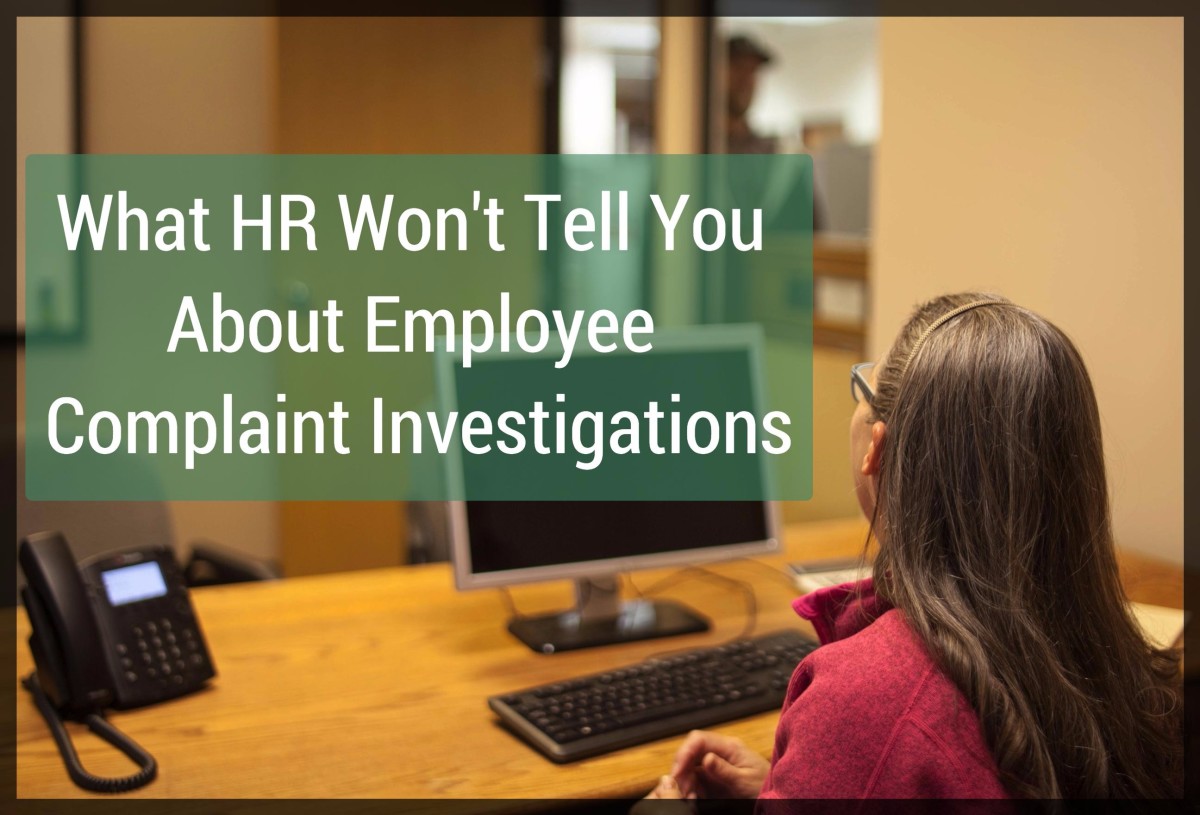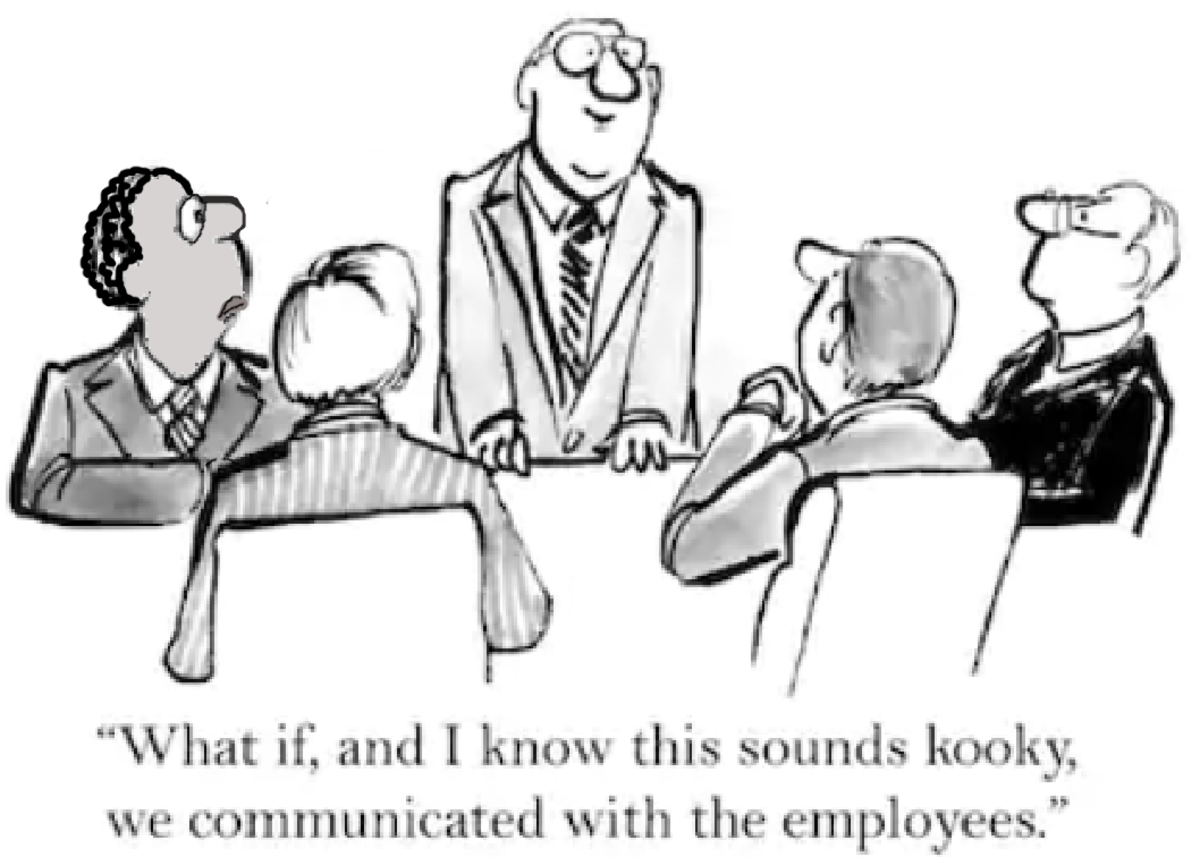How Unhappy Employees are a Liability to an Organization

At some point in your life, you're going to encounter negativity in the workplace caused by unhappy employees. Maybe you are the employer or supervisor for the unhappy person, you are the co-worker of the unhappy person, or you are the unhappy employee himself/herself. What can be done about unhappy employees? Some employers think that they simply need to be given an ultimatum and then fired. Others believe that there are constructive ways to better develop the employees and the job itself so that employee and employer can be mutually supporting of each other's goals. Why is it so important to fix it? Here are some of the ways that disgruntled employees can hurt a business, and why ignoring it or failing to take action just isn't an option.
Word-of-mouth is the most effective form of marketing known to the business world. It doesn't cost anything, but it can move at light speed through your target marketplace. Customers are readily recognized as purveyors of either positive or negative word-of-mouth, depending on their overall satisfaction with your company. Employees are often overlooked in this area, but they can have a voice that's just as powerful -- or even moreso -- than your customers. While positive experiences may or may not get out into the world, their negative experiences can really hurt your company and the potential for hiring good people in the future.
The importance of employer reputation to a business
As you probably know, the average employee spends about 1/3 of their lives working -- about half of all waking hours. Employees want to be able to control certain aspects of their work environment. They deserve to spend their time in a positive workplace. If a company has a reputation for mistreating employees, then a good worker probably won't want to work there. A reputation as a bad employer can do untold damage to a company. Qualified individuals probably won't even apply for a job with your company if they think they won't be treated well.

Damage to co-workers of unhappy employees
It can be very disheartening to work with people who constantly complain about their bosses and business owners. Even people who are perfectly happy with their job can be influenced by negativity and complaints about the business. Chronically unhappy employees can affect other employees and make other people unhappy. If these practices continue, the company will not be able to maintain great employees. The difficult and unhappy employee can be instrumental in driving away those who desire a positive workplace, and may drag other co-workers down into the same discontented mindset.
Productivity levels in unhappy employees
Unhappy employees often spend a ton of time whining and complaining instead of getting work done. If you don't like your job, chances are that you will find all sorts of excuses not to do it. This may manifest itself in longer breaks, inefficiency with simple tasks, procrastination, or doing things that aren't related to the job during work hours. Such people are a liability to the company in every imaginable way, from wasted wages to degrading the company culture. If employees aren’t working or are working too slowly, then you are throwing your money away. Why pay for an employee who isn’t even working?
Not sure if employees are unhappy? Here are some signs that might help identify unhappy employees or co-workers
The bottom line about unhappy employees
Your business can’t afford to have unhappy employees. Disgruntled employees are like a disease. Once your company in infected, the unhappy employee can spread his or her negativity and inefficiency to the rest of the company. There is no reason to keep an unhappy employee when you could employ someone who might actually be a hard worker and help your business succeed. Does this mean that they should be fired? Not necessarily.
The best way to make sure you don’t have to deal with this problem is to keep your employees happy. Only when you know you're already doing everything you can to ensure fulfilled and satisfied employees should you consider eliminating the disgruntled ones. Take the time to talk to your unhappy employees and discover the exact reasons for the problem. Don't just take their knee-jerk reaction at face value -- take action on the feedback they give you, and know that it may take repeated meetings before you get to the root of the problem.

What virtually any business can do to improve employee satisfaction
Do not underestimate the importance of employee benefits, periodic raises, and employee recognition. Not all businesses can offer all of the elements that employees want in a job, but every single one can offer the most important ones. Polls suggest that recognition and the room for personal growth are even more important than money, so find out what this looks like to your employees.
A few simple changes could be the difference between happy, hardworking employees and disgruntled, inefficient employees. Providing regular raises is one way you can keep your employees happy, even if you can only afford small increases. Ensure that employees understand that you value their work. Health benefits are another way you can help employees feel valued, as well as instill the sense that you're helping take care of their families as well. Wellness incentives such as gym memberships, friendly competitions in recycling and healthy eating, or other such methods of improving health rather than simply dealing with sickness have also shown their worth in the workplace.
Not sure about the value of making significant changes in the way you deal with employees? Check out the statistics in this video.
Why is employee engagement so much more important than traditional performance improvement tactics? This video offers a great explanation
Even if you're on a tight budget, get into the mindset that you DO have the money to implement these improvements. Some, like employee recognition, don't even necessarily take money -- they just take a little bit of your time. Local schools or workshops may be willing to give you a deal on educational resources that you offer your employees. Wellness initiatives often end up costing less in the long run by stabilizing or even diminishing group insurance premiums.
Finally, small wage increases help you retain a valuable employee. Consider how much it would cost to train another person for that job, then bear in mind that you may train several bad fits before finding a worthy replacement. Much like customers, current employees are always easier and cheaper to develop than going out and finding new ones.
I hope this hub has been helpful to you, and perhaps offered some food for thought about the necessity of maintaining a happy, positive work force. Sometimes firing is the only option, but sometimes the problem can be fixed with just a few adjustments to help employees live a happier, more fulfilling work life. What do you think? Whether you're an employer or employee, what are some of the ways that businesses can easily affect significant improvement in the work environment? Please take a moment to join the conversation in the comments section below.








